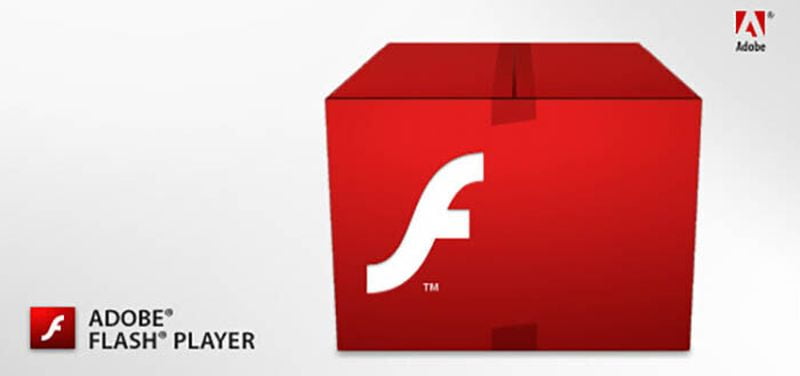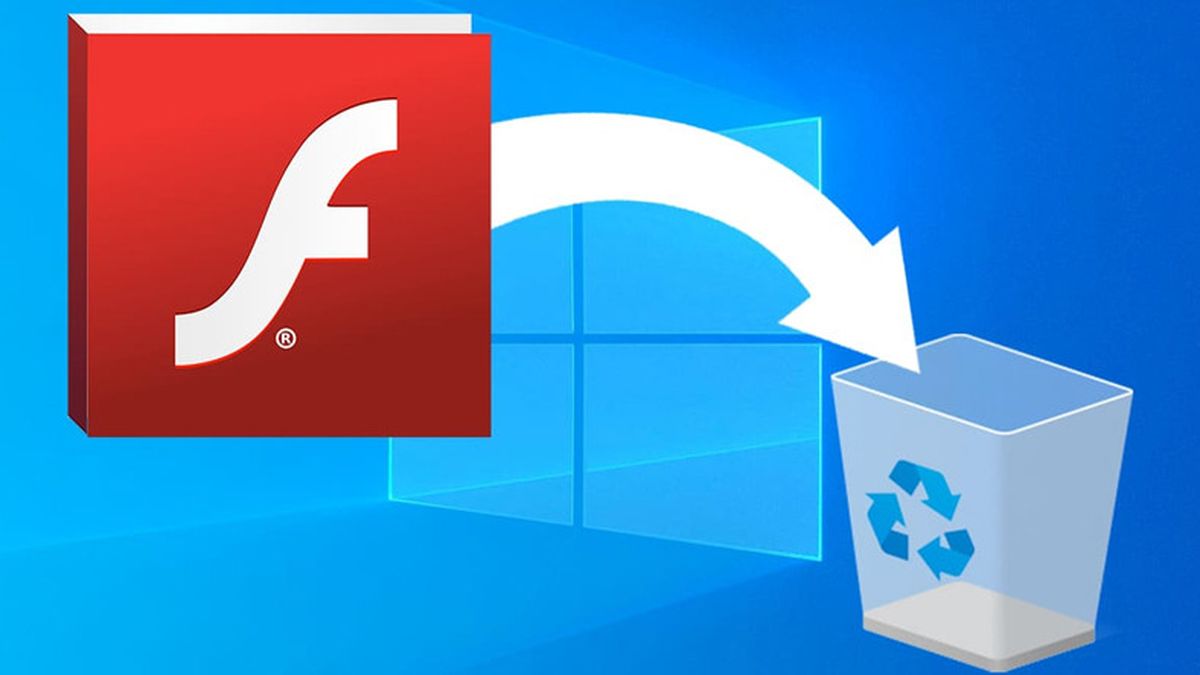Microsoft removes Flash from your PC with this update.
It was in late October when we saw how Microsoft was giving the lace to Flash. Through the update with the patch, KB4577586 Flash was being removed but only the version included in Windows 10, not affecting the particular installations made by users as well as those that include browsers like Edge. An update that until then was optional.
Microsoft removes Flash from your PC with this update
Now, well into 2021, Microsoft has begun to distribute this update for Windows 10 in versions 20H2 and 2004, and both highlight a factor: This update removes Adobe Flash Player from computers that are made with them. An update that also happens to be optional to automatic.
Removed but not from all applications
Although Adobe Flash had already set an expiration date, a move that Apple started with macOS Sierra, now what it does is to put one more nail in the coffin of Adobe’s development that increasingly smells more and more like a corpse. And this time, the culprit is the patch KB4577586.
If you are using Windows 10 in any of the versions mentioned above and enter the “Check for updates” section, you can find the availability of patch KB4577586. An update is being deployed progressively, so it may still take some time to reach your computer. In case it is available, you should see a message like this inside “Windows Update”:
The update with the patch KB4577586 is downloaded and installed in a very short time and to apply it it is necessary to restart the computer. An update that also stands out because it is impossible to revert and cannot be uninstalled, at least easily, so that Flash disappears forever.

It should be remembered that Adobe Flash Player has no technical support since December 31, 2020, and the developer itself, Adobe, has recognized some time ago, the end of Adobe disappear from browsers like Chrome, Safari, Firefox, or Edge. This step by Microsoft is another step at the end of Flash after the critical moments it has already lived:
- Apple: Began blocking Flash content in its browser, Safari, in 2016.
- Google: Took a major step by removing Flash completely from Chrome by the end of 2020.”
- Mozilla: Completely disabled Flash in Firefox in 2019, with minimal support until the end of 2020 in the browser’s Extended Support Release.
- Microsoft: While it was initially clickable to view Flash content, by the end of 2020, it has been disabled by Microsoft completely in both Edge and Internet Explorer.
- Facebook: Mark Zuckerberg’s company urged its developers to modify their code and take this situation into account so that by the end of 2020 the end came along with platform myths such as Farmville.
However, as we have already warned, users will still be able to install Flash on their own and it will still be present in third-party applications and tools that contain it. This update only removes Flash Player installed by Microsoft but does not affect other software installations that have been installed manually.
In case of having to use Flash again, Microsoft itself details the steps to follow, which can be summarized in two possibilities:
- Reset the device to a previous system restore point. This feature must be explicitly enabled and you must have created a system restore point on the Windows device before applying this update.
- Reinstall the Windows operating system, but without applying this update.





